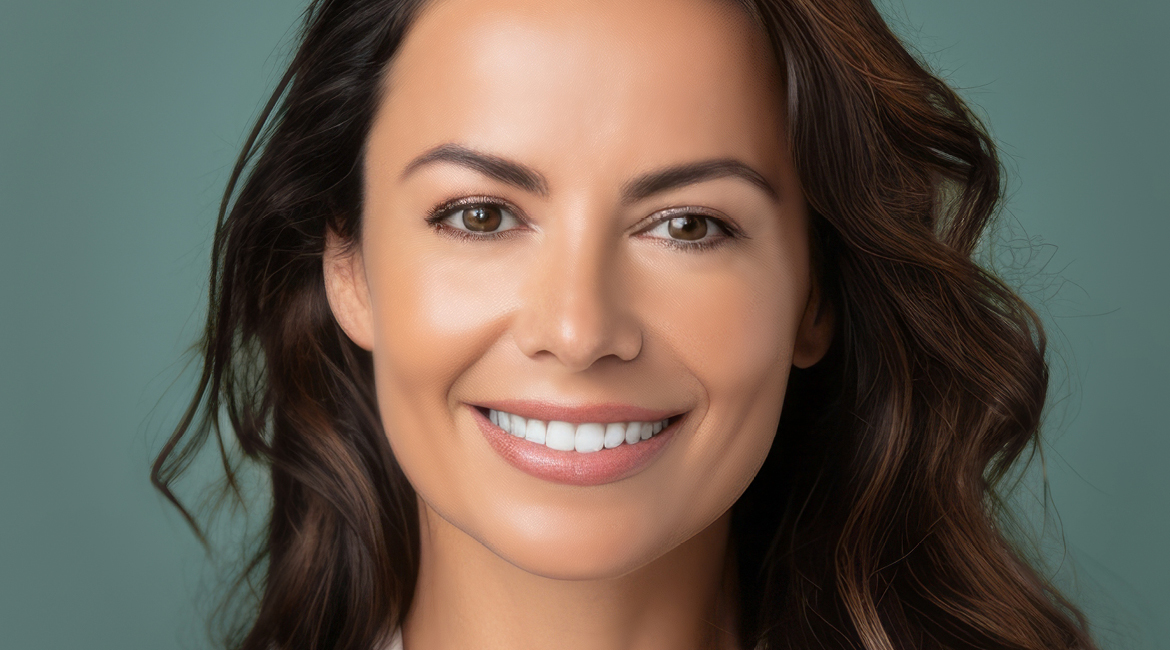Eyes are the first characteristic we notice in a person. Given that they play a significant role in the overall aesthetics of the face, we strive to keep them attractive and always draw the attention of others! Blepharoplasty is the only effective way that can completely rejuvenate the eye area and refresh the entire appearance of the face. If you are considering undergoing blepharoplasty, take some time to educate yourself on the basics. We have gathered the 10 most common questions asked by most interested individuals to the Cosmetic Dermatology & Plastic Surgery medical team in our Clinics regarding blepharoplasty when they visit us for evaluation and advice.
1. Can I undergo blepharoplasty?
The delicate skin around the eyes is prone to showing the first signs of aging. One of the main reasons why the face of a middle-aged person looks aged and tired is due to excessive fat and sagging skin in the upper and lower eyelids. While this is mostly a result of the natural aging process, there are cases where sagging or wrinkled eyelids are caused by various factors. Whether someone is a suitable candidate for blepharoplasty is assessed by our specialized medical team.
The best candidates for blepharoplasty are those who have realistic expectations regarding the desired outcome. They should be physically healthy, have no eye-related issues, and not be smokers. There are, of course, cases where, due to certain genetic factors, blepharoplasty can be performed on younger individuals. One such case is ptosis, which may manifest in these individuals due to heredity.
2. What is the procedure for blepharoplasty?
There isn’t a specific procedure for blepharoplasty that fits everyone. The techniques we follow are tailored to the needs and desires of each individual to achieve the best possible result. Blepharoplasty can be performed on the upper or lower eyelids, or both simultaneously. At our Clinics, the procedure is done under local anesthesia and with a non-traumatic technique, where incisions are meticulously designed along the natural creases of the eyelids to be invisible and not leave any marks on the skin. After completing the procedure in just one visit, returning home is immediate as no hospitalization is required.
3. How much time is needed for recovery after blepharoplasty?
It’s a procedure with a relatively easy and quick recovery. During the first week, you might experience some mild swelling, bruising, and a slight tight sensation in the eyelids. Most people comfortably manage these symptoms without any discomfort and return to work and their social activities within a few days.
4. When does someone need to undergo blepharoplasty only on the upper eyelids?
Blepharoplasty on the upper eyelids is much more common than on the lower eyelids or the combination of upper and lower eyelids together. The reason is that the upper eyelids show signs of aging earlier than the lower eyelids, and often the issue is more severe than that of the lower eyelids. However, the type of blepharoplasty one undergoes is determined by their personal needs and desires.
5. Should someone opting for upper blepharoplasty also undergo a brow lift?
Harmony in the face between the upper eyelids and the brows is crucial. As we age, the arch of the brows descends. Simultaneously, the muscles in the upper eyelids loosen, the skin loses its elasticity, and excess skin forms. It’s possible that someone facing a similar issue with the upper eyelids may also have a degree of brow ptosis. Our specialized medical team investigates this during the assessment. Generally, it’s not necessary for someone to undergo a brow lift along with upper blepharoplasty. For the success of the outcome, everything depends on facial characteristics, the severity of the condition, and individual goals regarding aesthetic and practical restoration of the issue.
6. What is the difference between aesthetic and corrective blepharoplasty?
Aesthetic blepharoplasty solely concerns the aesthetics of the face and appearance (signs of aging, bags, dark circles, and eye hollows). Corrective blepharoplasty involves elements of medical necessity. This means the patient aims to restore some functional problem of their eyelids. For instance, having ptosis that affects vision. In both cases, whether aesthetic or corrective, blepharoplasty meets all the needs and desires of individuals for improving the area around the eyes and acquiring a youthful and vibrant appearance.
7. What is the best choice for drooping brows?
The phenomenon of drooping brows is common in individuals experiencing eyelid skin laxity. Brow lift is an excellent choice for correcting all aesthetic issues above the brows. Utilizing well-hidden incisions along the hairline, our medical team can elevate the underlying tissues with a gentle technique during a brow lift. The result is a smoother forehead devoid of wrinkles and rejuvenated, youthful-looking brows.
8. What other procedures can be combined with blepharoplasty?
Many individuals choose to pair blepharoplasty with a facelift to reconstruct and eliminate signs of aging spanning from the mid-face to the neck. Additionally, non-invasive methods like dermal fillers are preferred by those who opt out of a facelift. These fillers address skin laxity, restoring volume or contouring the face. The resulting effects include the smoothing of fine lines and wrinkles, along with firming and toning areas of the face lacking in firmness. Furthermore, injectable treatments with botulinum toxin (Botox) can complement blepharoplasty to enhance the overall outcome.
9. What is the ideal age for someone to undergo blepharoplasty?
The timing for blepharoplasty isn’t contingent on age but rather on individual need or desire. Signs of aging around the eyelids don’t appear at the same age for everyone; some may experience them earlier while others may encounter them later. Therefore, claiming that being over 50 is the prime age for blepharoplasty is entirely inaccurate. There are individuals in their 30s who undeniably require blepharoplasty.
10. Do I need to be hospitalized for blepharoplasty?
Same-day surgery without hospitalization is one of the primary advantages of modern blepharoplasty, especially when performed in accredited and licensed One Day Clinics, fully equipped and staffed for such procedures that do not require general anesthesia. Such state-of-the-art One Day Clinics are our facilities in Athens and Maroussi. After the procedure, you stay in our clinic for a short period, receive all necessary instructions from our medical team regarding the recovery period, and then return home.
We hope these answers have been very helpful in addressing some of your inquiries about blepharoplasty. If you would like more specific answers regarding your case, schedule an appointment with our specialized medical team at one of our Clinics. You will only benefit from the visit with us.





